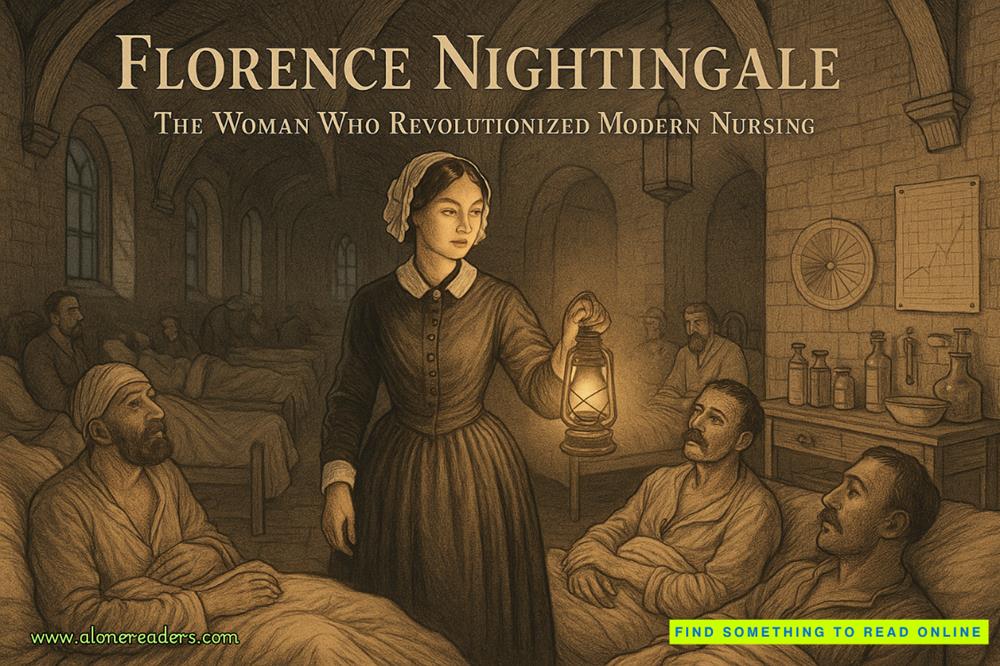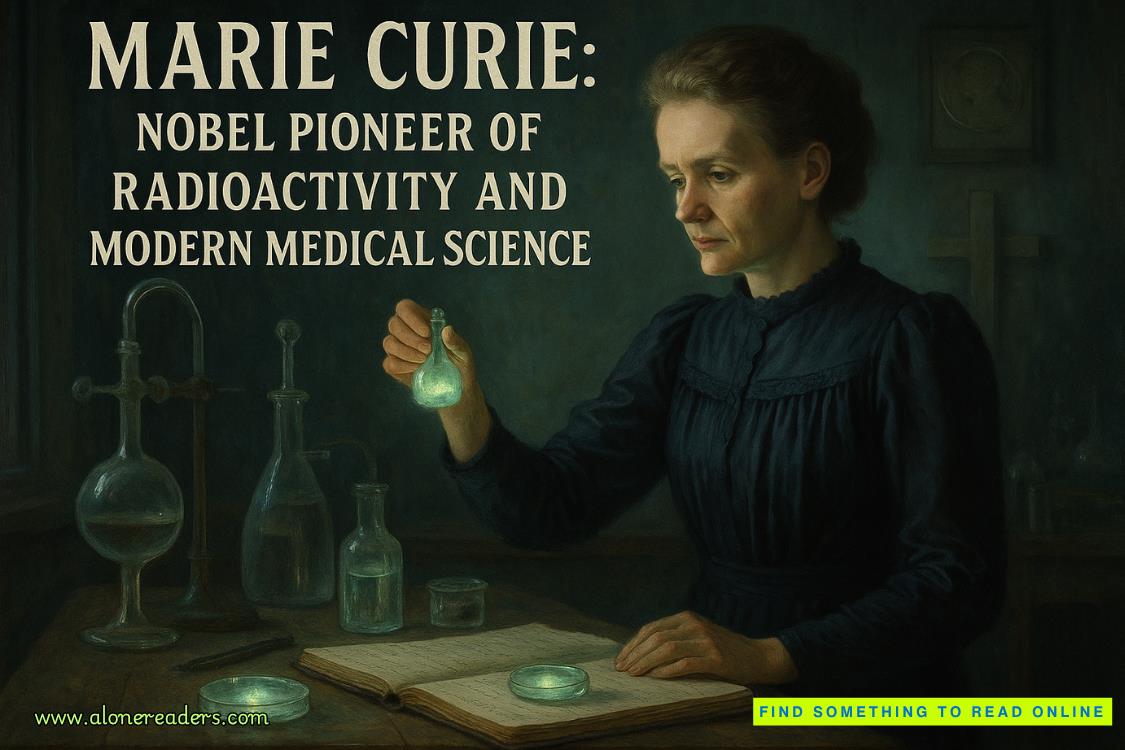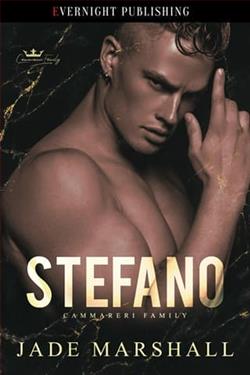Page 58 of The Winter Princess
I place a hand over my stomach and flicker my eyes closed, trying to reorient myself.
“The point, Ella,” I say, “is that we’re not dating and we’re not going to date. It’s not like you and Max,” I say, tipping my cup at Clara.
“Soulmates?” she supplies, grinning stupidly. She is very difficult to take.
“Or you and Pietor.” I hastily add Alma and her hereditary grand duke.
“Cellmates?” Alma laughs, giving her coffee a bitter stare.
The answer is worrying and we quiet, each of us shifting our attention.
“You’re navigating the parliamentary process okay?” Clara asks. Of course, she’s interested in what it’s like having a royal marriage approved by the government. She’s thinking of a future with Max. It’s real to her.
The coffee must be absorbing because Alma regards it for a long while. “Sure.”
When my sisters disperse to get ready for their evening assignments, I pick up my purse and turn the light on in my office. It’s filled with more bookshelves and a heavy desk, electrical cords tucked neatly out of sight. There’s a small, tasteful bulletin board in one corner, and I fish the paper out of my bag, smoothing the rumpled edges. I’m in the center, my likeness drawn in a few quick lines, and there’s Oskar’s X, bang over the perimeter wall. The edge and the center. The wall and the field.
I trace the circle. What’s the moral of this fairy tale he spun for me? The story he wanted me to take is that we’re different. There’s an unbridgeable distance between us, wider than the width of the palace hallway, and I have no hope of really understanding him. I shouldn’t even try.
But fairytales are rarely as clear-cut as they seem.
If the question is not who belongs in Sondmark but, rather, who has an ordinary life, he’s near the center of the field and I’m perched against the wall.
When I want to run an errand and have to bring along a security detail to prevent someone from shoving a knife between my ribs, I touch a wall. When I spent months in physical therapy and chose clothes that will hide my scar, I touch a wall. When I speak my few phrases of Pavian and get no further because it’s not politically expedient to know about my father’s homeland, I touch a wall.
Oskar’s simple story makes it easier to understand that I’m blind to his walls and he to mine—that seeing them will stretch our imagination. It’s easier to see why I should take care not to speak about Sondmark like it’s a place that belongs to me instead of a place that belongs to both of us.
Both of us. The unconscious phrasing slips into my head, whirling like a seed falling from a tree. He taught me something about how to understand him and I don’t like thinking of him being able to travel that bridge in the opposite direction.
I tack the paper onto the corkboard and step back. From this distance, we look like an electron and a nucleus–orbiting around one another in an endless dance. Two parts of a single thing.
19
Stupid Question
OSKAR
I’m drawing again.
It started with that scrap of paper. The image seemed to spool out of the tip of my pencil on its own, unleashing a flood of sketches—a wall sconce, a tin of cookies, an office chair. And Frejas. Dozens of Frejas.
Not the whole of her. I trace the pattern of her blouse or the careless fall of a bow. A scribble becomes the divot in her chin, and I add the lower lip in a stroke both deft and familiar. I know that spot. I’ve touched it.
A flick of the pencil reproduces the arch of her brow. On a strip of paper, I paint square blocks of color that resemble paving stones, the rigid shape keeping me in check. This block is the color of her hair in sunlight. The one next to it is her hair in shadow. Here is the shade of her lips. The tone of her skin. Her eyes.
It’s been years since I drew for myself, but this is nothing—a way to work off steam as I study for my test and meet the demands of the Restoration department, all while The Nat rocks precariously on the edge of a cliff. I tuck the paper into my wallet because it doesn’t matter.
I see her each working day, aware that I’m waiting until she comes, aware that I’m thinking of her when she goes. I draw at home to focus my mind while listening to fairy tales in the background–stories of knights and dragons. Someday I’ll come to the end of drawing her. I’ll exhaust my interest.
The drawings keep coming.
Today, I sketch the shape of an earring, an oblong twist of gold with a blue-green jewel on the end, just the shade of her eyes. I hear the door and crumple the paper, tossing it into a wastebasket.
My duties include repairing a small L-shaped rip onChild with Beads and Rinkelbel, 1622and I move in front of it, brushing a hand over my arm, automatically smoothing the raised hairs.
“What is it?” I ask, my tone level and unhurried. When I look up there’ll be new things to see and catch my artist’s eye. I will want to convince myself that the list is getting smaller, that the material is winding down.
For some artists, the fascination with one subject is endless. They find novelty in how their muse changes with each season and condition. There’s Oppeger the Elder and his goddesses that look suspiciously like the wife of a prosperous tallow merchant. For Botticelli, the memory of Simonetta followed him for much of his life. He was buried at her feet.















